A Nature Lover’s Paradise: Experience Tangwanghe Forest Park in Yichun
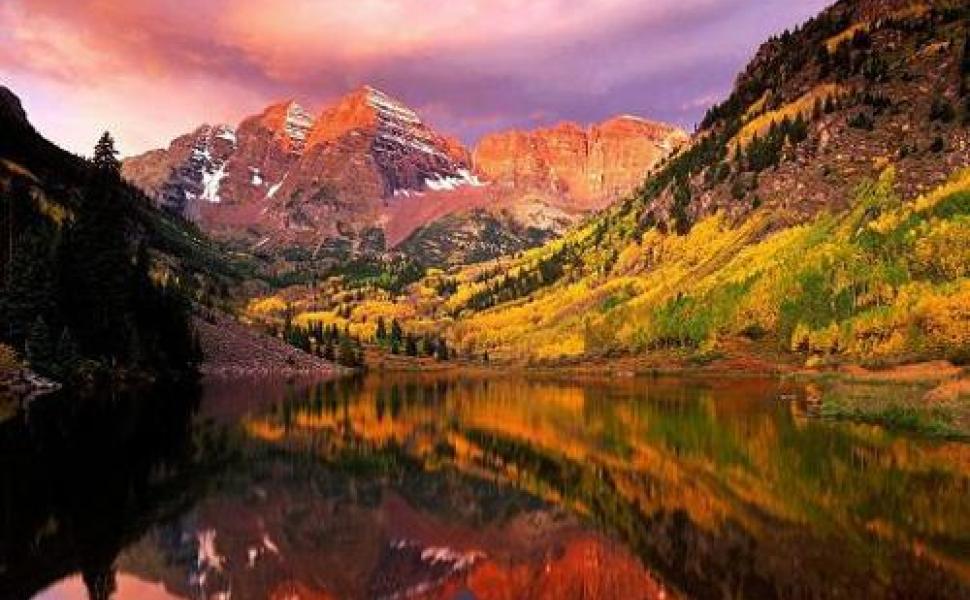
An Essential Guide to Visiting Yichun_Tangwanghe_Forest_Park
Nestled in the breathtaking landscapes of Heilongjiang Province, Yichun Tangwanghe Forest Park is a treasure trove for nature lovers and adventure seekers alike. This stunning national park, known for its unique granite formations and lush forests, offers a captivating glimpse into the geological wonders shaped over millions of years. From its iconic “One Line Sky” rock formation to the serene Red Pine Mother Forest, the park presents an extraordinary blend of natural beauty and ecological diversity.
As you wander through the park’s winding trails, you’ll encounter towering granite cliffs that reach for the sky, ancient trees that whisper tales of the past, and an array of wildlife that calls this enchanting place home. Each corner of the park reveals a new spectacle—whether it’s the delicate dance of sunlight filtering through the canopy or the mesmerizing patterns etched into the rocks by time and nature.
A visit to Yichun Tangwanghe Forest Park promises not just stunning vistas, but also a chance to immerse yourself in the rich cultural tapestry of the region, rooted in the traditions of the Ewenki and Oroqen ethnic groups who have thrived here for generations. With its pristine environment and myriad of outdoor activities, this park is an ideal destination for those looking to escape the hustle and bustle of everyday life and reconnect with the natural world.
Prepare for an unforgettable journey into one of China’s most captivating natural wonders, where every step leads to discovery and every view inspires awe.
In This Guide
- An Essential Guide to Visiting Yichun_Tangwanghe_Forest_Park
- The Rich History and Legends of Yichun_Tangwanghe_Forest_Park
- Main Highlights: What You Absolutely Can’t Miss
- Planning Your Visit: A Practical Guide
- Tickets: Prices, Booking, and Tips
- How to Get There: A Complete Transportation Guide
- Local Cuisine and Accommodation Nearby
- Frequently Asked Questions
- Final Thoughts on Your Trip
The Rich History and Legends of Yichun_Tangwanghe_Forest_Park
Nestled in the captivating landscape of Heilongjiang Province, Yichun’s Tangwanghe Forest Park is not just a haven for nature enthusiasts; it is steeped in rich history and local legends that enhance its allure. This scenic area has long been a site of cultural significance, entwined with the traditions of the indigenous Ewenki and Oroqen peoples, who have thrived in the region for centuries.
Historically, the Tangwanghe area served as a hunting ground for various ethnic groups, where the rivers and forests provided abundant resources. The Ewenki people, known for their deep connection to nature, particularly revered the dense forests and the rare red pines that flourish here. They maintained a lifestyle that was both harmonious and sustainable, relying on the land for their livelihoods. Evidence of their hunting and gathering practices can still be seen in the remnants of ancient tools and artifacts scattered throughout the park.
Geologically, the park is a treasure trove of natural history. The unique granite formations, which date back approximately 250 million years, were formed during the Indosinian orogeny—a time when tectonic movements shaped the earth’s crust. These geological wonders, including the park’s iconic “One Line Sky” (一线天), where towering granite peaks nearly touch at the top, tell a story of earth’s dramatic changes. The formations are not only a visual feast but also a significant subject of study for geologists, as they illustrate the complex processes of weathering and erosion over eons.
In addition to its geological and ethnic heritage, Tangwanghe Forest Park is rich with local legends that add a mystical layer to its natural beauty. One such legend speaks of the “Guardian of the Forest,” a spirit believed to inhabit the ancient trees and granite rocks. Locals often recount tales of the guardian protecting the forest’s wildlife and punishing those who seek to exploit its riches. Visitors are encouraged to observe the sacredness of the land, as they walk among the ancient pines and towering rock formations.
The park’s transformation into a national geological park in 2003 marked a significant step in its preservation and recognition. Since then, it has become a focal point for eco-tourism, allowing visitors to explore its breathtaking landscapes while learning about its history and the importance of conservation. The establishment of the park has not only preserved its natural beauty but has also helped to revitalize the cultural practices of the indigenous peoples, providing opportunities for cultural exchange and education.
As you wander through the enchanting trails of Tangwanghe Forest Park, take a moment to appreciate the rich tapestry of history woven into the very fabric of this land. From the ancient stories of its indigenous inhabitants to the geological marvels shaped by nature’s hand, the park offers a profound connection to both the past and the natural world, making it a must-visit destination for those seeking to immerse themselves in history and legend.
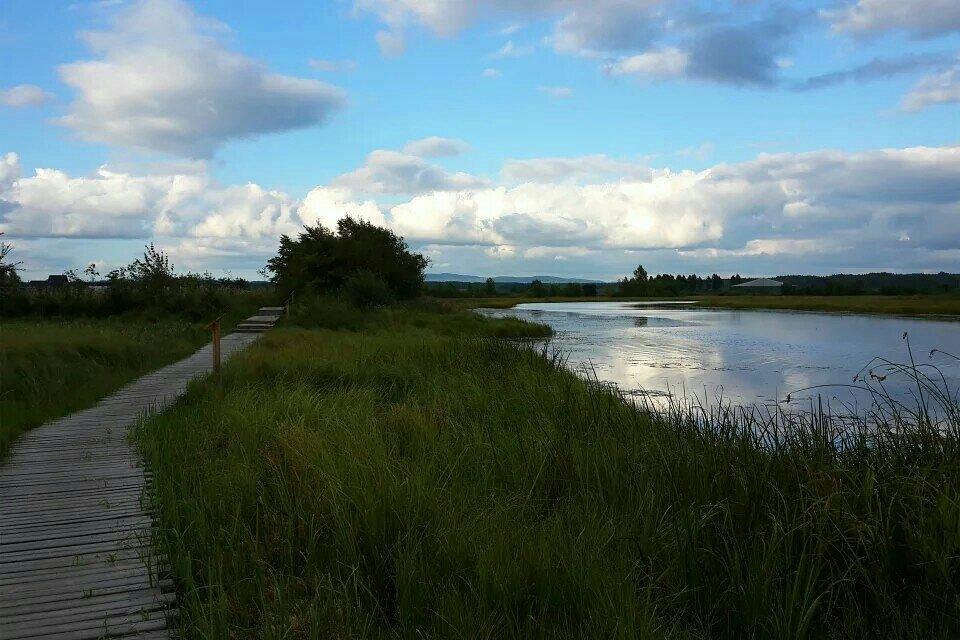
Yichun_Tangwanghe_Forest_Park.
Main Highlights: What You Absolutely Can’t Miss
When visiting Yichun Tangwanghe Forest Park, you’ll discover a mesmerizing blend of natural beauty and geological wonders that make this destination a must-see for international travelers. Here are the main highlights you absolutely can’t miss:
1. Yixiantian (One Line Sky)
This iconic landmark features two towering granite pillars, standing over 20 meters high, with a narrow gap between them measuring just 0.6 meters wide. As you pass through this striking natural archway, look up to see a breathtaking slice of blue sky above you. The geological formations and the unique weathered surfaces of the rocks provide an exceptional backdrop for photography, making it a favorite spot for visitors.
2. Red Pine Mother Forest
Spanning approximately 500 hectares, this ancient forest is home to towering red pines, some over 500 years old. Walking along the tranquil paths beneath the dense canopy, you’ll experience the serene beauty of this original ecosystem, teeming with diverse flora and fauna. The refreshing air and peaceful atmosphere make it an ideal spot for forest bathing and relaxation.
3. Fengdongshi (Wind-Driven Stone)
A true geological marvel, Fengdongshi is a massive granite boulder weighing around 100 tons, precariously balanced on a tiny point of contact with the ground. When the wind blows, this stone sways gently, captivating all who witness its remarkable stability. This site is a fascinating example of nature’s engineering and provides an excellent opportunity for some memorable photos.
4. Linghai Guanyin (Guanyin of the Forest Sea)
This natural granite formation resembles the serene figure of Guanyin, the Buddhist goddess of mercy. Standing at about 12 meters tall, this enchanting rock formation is surrounded by lush greenery, giving it an ethereal presence. It’s regarded as a symbol of protection for the forest, making it a peaceful place for reflection and contemplation.
5. Eagle Beak Rock
Named for its striking resemblance to an eagle’s beak, this rock formation rises 15 meters high and offers a unique perspective on the surrounding landscape. The delicate balance of natural elements here showcases the park’s rich geological history, and it’s a great spot for nature enthusiasts and photographers alike.
6. Hiking Trails and Scenic Routes
The park features a variety of well-maintained hiking trails that wind through dense forests, past stunning rock formations, and along serene streams. These trails vary in difficulty, making them accessible for both casual walkers and seasoned hikers. Don’t forget to take a moment to pause and enjoy the tranquil sounds of nature.
7. Cultural Experiences
Yichun is home to various ethnic minorities, including the Oroqen and Evenki peoples. Engage with local cultures by visiting the folk display areas within the park, where you can learn about traditional hunting practices and craftsmanship, such as birch bark handicrafts.
8. Seasonal Wonders
Each season offers something unique at Tangwanghe Forest Park. Visit in spring or summer for vibrant greenery and floral displays. Autumn transforms the landscape into a tapestry of red, orange, and yellow foliage, while winter brings a magical touch with snow-draped rocks and trees, perfect for a winter wonderland experience.
9. Gastronomic Delights
After a day of exploration, treat yourself to the local cuisine. Try dishes made from wild ingredients sourced from the forest, such as stews featuring game meat and fresh mushrooms. These hearty meals reflect the region’s rich culinary heritage and are a delightful way to end your adventure.
10. Visitor Information
To make the most of your visit, plan to arrive early. The park is open from 7:30 AM to 5:00 PM during peak season (May to October), with a modest entrance fee. Be sure to wear comfortable shoes and bring water and sun protection as you embark on your exploration of this stunning natural paradise.
Whether you’re a nature lover, a geology enthusiast, or someone seeking a peaceful escape, Yichun Tangwanghe Forest Park promises an unforgettable experience amidst some of China’s most breathtaking landscapes.
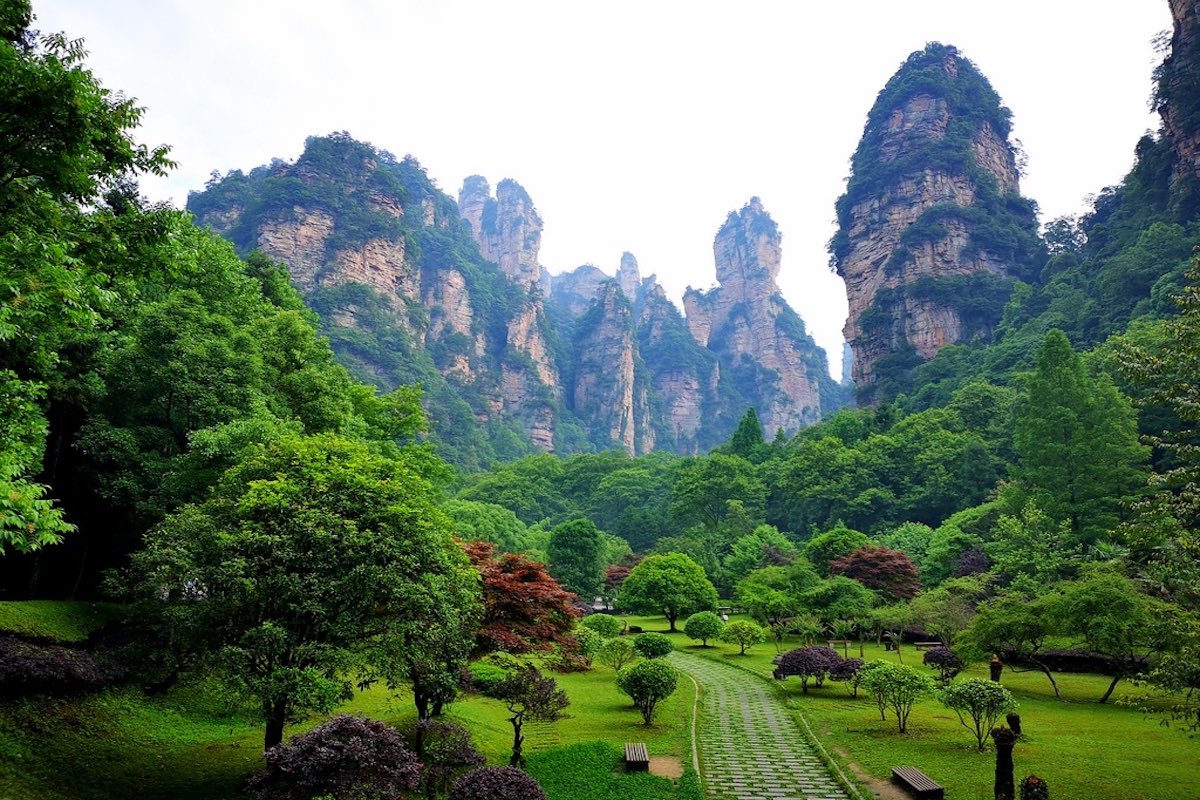
Yichun_Tangwanghe_Forest_Park.
Planning Your Visit: A Practical Guide
Planning Your Visit: A Practical Guide to Yichun Tangwanghe Forest Park
Nestled in the heart of Heilongjiang province, Yichun Tangwanghe Forest Park (汤旺河林海奇石风景区) is a stunning natural wonder that promises an unforgettable experience for nature lovers and adventurers alike. Known for its unique granite rock formations and lush forests, this national park is a treasure trove of geological and ecological marvels. Here’s everything you need to know to make the most of your visit.
Getting There
Location: The park is located approximately 120 kilometers from Yichun city center, about a 2-hour drive. For those traveling from Harbin, it’s about a 5.5-hour journey.
By Car:
– From Yichun, take the Yijia Road to Tangwanghe.
– If coming from Harbin, follow the Harbin-Hai Highway, then switch to Yijia Road.
By Bus:
– Buses run regularly from Yichun Passenger Station to Tangwanghe. The journey takes about 2 hours, with departures every hour from 8:00 AM to 5:00 PM.
By Train:
– The nearest train station is Tangwang River Station, which is about 3 kilometers from the park. Taxis are available for the short ride to the entrance.
Park Hours and Admission Fees
Opening Hours:
– Peak Season (May 1 – October 31): 7:30 AM – 5:30 PM (last entry at 4:30 PM)
– Off-Peak Season (November 1 – April 30): 8:30 AM – 4:30 PM (last entry at 3:30 PM)
Admission Fees:
– The ticket price is approximately 90 CNY per person, which includes a sightseeing bus ticket.
Things to Do and See
Yichun Tangwanghe Forest Park is divided into several scenic areas, each offering unique experiences:
-
Yixian Sky (一线天): A breathtaking natural gap between two towering granite pillars, offering a narrow glimpse of the sky above.
-
Eagle Beak Rock (鹰嘴岩): This impressive rock formation resembles an eagle’s beak, standing tall amidst the surrounding forest.
-
Lin Hai Guanyin (林海观音): A naturally formed granite sculpture resembling the serene figure of Guanyin, the Goddess of Mercy.
-
Red Pine Mother Forest (红松母树林): A protected area of ancient red pines, some over 500 years old, providing a serene escape into nature.
-
Wind Stone (风动石): A fascinating geological wonder, this massive rock appears to sway slightly with the wind due to its minimal contact with the ground.
Recommended Itinerary
Day Visit:
– Morning:
– Arrive by 9:00 AM and take the sightseeing bus to Yixian Sky.
– Explore the surrounding rock formations for about 1.5 hours.
- Midday:
- Walk to Eagle Beak Rock (20-minute walk).
-
Enjoy lunch at a nearby forest restaurant, sampling local dishes.
-
Afternoon:
- Visit Lin Hai Guanyin and the Red Pine Mother Forest for a leisurely stroll (1.5 hours).
- End your visit at Wind Stone before heading back to the entrance.
Best Time to Visit
The park is open year-round, but the best times to visit are:
– Summer (June to August): For pleasant weather and lush greenery.
– Autumn (September to October): To see stunning fall foliage.
– Winter (December to February): For a magical snow-covered landscape, though be prepared for cold temperatures.
What to Bring
- Clothing: Wear comfortable, breathable clothing and sturdy hiking shoes. In winter, dress in layers with insulated gear.
- Essentials: Bring sunscreen, insect repellent, and a water bottle. If visiting in winter, consider bringing ice grips for your shoes.
- Snacks: While there are dining options, packing your own snacks can be beneficial, especially if you plan on hiking.
Nearby Attractions
While in Yichun, consider visiting these nearby attractions:
– Xiaoxing’anling Geological Park: Explore more geological wonders in the area.
– Dazhu Rock Carvings: A UNESCO World Heritage Site showcasing ancient rock art.
– Local Ethnic Villages: Experience the culture of the local Ewenki and Oroqen people.
Conclusion
Yichun Tangwanghe Forest Park is a destination that offers stunning natural beauty, rich biodiversity, and a glimpse into the earth’s geological history. Whether you’re hiking through ancient forests or marveling at unique rock formations, every moment spent here is a chance to connect with nature. Plan your visit and prepare for a day filled with adventure and awe!
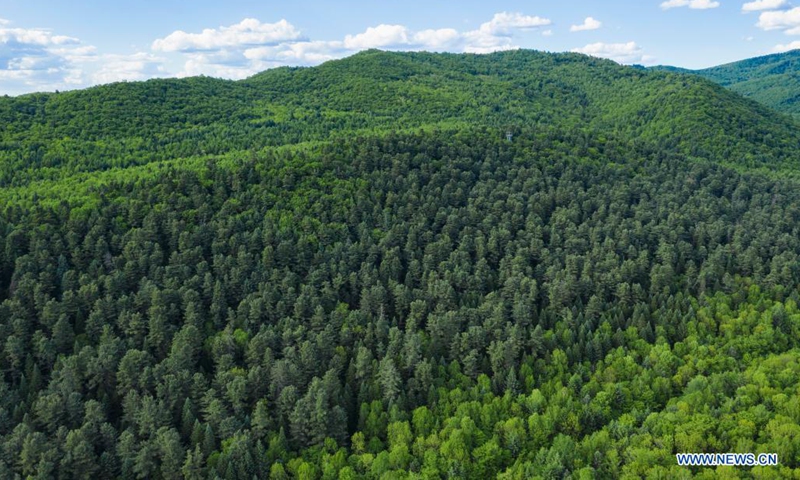
Yichun_Tangwanghe_Forest_Park.
Tickets: Prices, Booking, and Tips
Visiting Yichun Tangwanghe Forest Park is a fantastic way to immerse yourself in the stunning natural beauty of Heilongjiang Province. To help you plan your visit, here’s everything you need to know about tickets, prices, booking options, and some handy tips.
Ticket Information
Admission Price:
The entry fee to Tangwanghe Forest Park is CNY 90 per person. This ticket grants you access to the park’s breathtaking landscapes, unique geological formations, and numerous scenic spots.
Opening Hours
- Peak Season (May 1 – October 31): 7:30 AM to 5:30 PM (last entry at 4:30 PM)
- Off-Peak Season (November 1 – April 30): 8:30 AM to 4:30 PM (last entry at 3:30 PM)
Booking Tickets
Tickets can be conveniently purchased on-site at the park entrance. For a smoother experience, you may also want to consider booking online through platforms like WeChat or official tourism sites. This allows you to avoid long queues, especially during peak tourist seasons.
Transportation to the Park
Getting There:
– By Bus: Direct buses from Yichun’s main bus station run to Tangwanghe County every hour from 6 AM to 3 PM, with the journey taking about 2 hours and costing approximately CNY 25.
– By Car: For those driving, the park is roughly 110 kilometers from Yichun, taking about 1.5 hours via the G1111 highway.
– Parking: The parking fee at the park is quite reasonable, with charges of CNY 10 for small vehicles and CNY 20 for larger ones.
Tips for a Great Visit
- Best Time to Visit: The ideal months are from June to October when the weather is pleasant, and the scenery is lush. Autumn (September to October) is particularly beautiful with vibrant foliage.
- Dress Appropriately: Given that the park features several trails and uneven terrain, sturdy walking shoes are a must. In summer, be sure to bring sunscreen and insect repellent, while winter visitors should wear warm clothing, as temperatures can drop significantly.
- Stay Hydrated: Bring plenty of water, especially if you plan to explore the park’s extensive trails. There are limited facilities once you enter.
- Capture the Moment: The park offers countless photo opportunities, especially at iconic sites like the “One Line Sky” and the “Wind Motion Stone.” Early morning or late afternoon light is best for photography.
- Dining Options: While there are eateries within the park, you might want to pack a picnic to enjoy amidst nature, but please remember to follow Leave No Trace principles.
Whether you’re a nature lover, an adventure seeker, or simply looking for a peaceful getaway, Yichun Tangwanghe Forest Park promises an unforgettable experience. Enjoy your adventure!
How to Get There: A Complete Transportation Guide
Reaching Yichun Tangwanghe Forest Park (伊春市汤旺河林海奇石景区) can be an exhilarating adventure, as it is nestled in the beautiful landscapes of Heilongjiang Province, China. Here’s a comprehensive transportation guide to help you navigate your way to this stunning natural wonder.
Getting to Yichun Tangwanghe Forest Park
By Air
The closest airport is Yichun Mingyueshan Airport (YIC), located approximately 30 kilometers from the city center of Yichun. While there are limited domestic flights, travelers can connect from major cities such as Harbin or Beijing. Once you arrive at the airport, you have several options to reach the park:
- Taxi: Taxis are available at the airport and can take you directly to the Tangwanghe Forest Park. The journey will take about 40 minutes and cost around 100-120 RMB.
- Car Rental: For those who prefer greater flexibility, consider renting a car at the airport. This allows you to explore the surrounding areas at your leisure.
By Train
Yichun has a train station with connections to several major cities, including Harbin and Mudanjiang. If you’re traveling from Harbin, the train ride takes about 4-5 hours. From Yichun Railway Station:
- Taxi: You can easily catch a taxi to Tangwanghe Forest Park, which is about 120 kilometers away (approximately a 2-hour drive).
- Bus: Alternatively, head to the Yichun Long-distance Bus Station, where you can find buses heading to Tangwanghe County. The bus ride takes about 2 hours, and tickets cost around 25 RMB.
By Bus
If you’re already in Yichun or nearby, local buses run frequently from the Yichun Long-distance Bus Station to Tangwanghe County. Buses depart hourly from 6:00 AM to 3:00 PM, and the journey lasts about 2 hours. The fare is approximately 25 RMB. Once you arrive in Tangwanghe County, you can take a taxi or local bus to the park entrance, which is about 6 kilometers away.
By Car
Driving to Yichun Tangwanghe Forest Park is a fantastic option for those who enjoy scenic road trips. Here’s how to navigate:
- From Harbin: Take the Harbin-Haihe Expressway (G1111) toward Yichun. The distance is about 450 kilometers and takes around 5.5 hours.
- From Yichun City: Follow the G1111 road towards Tangwanghe. It’s a straightforward route of approximately 120 kilometers, taking about 2 hours. Parking is available at the park entrance, with fees of 10 RMB for small cars and 20 RMB for larger vehicles.
Tips for a Smooth Journey
- Check Schedules: Whether you’re taking a bus or train, be sure to check the latest schedules, as they can vary seasonally.
- Pack Essentials: Bring water, snacks, and a camera to capture the breathtaking landscapes of the park.
- Plan Your Visit: The park is best visited from May to October, but fall offers stunning foliage, while winter provides a unique icy landscape.
With this guide, you’re well on your way to enjoying the natural beauty of Yichun Tangwanghe Forest Park. Whether you choose to drive, take public transport, or fly, the journey will be just as memorable as the destination. Happy travels!
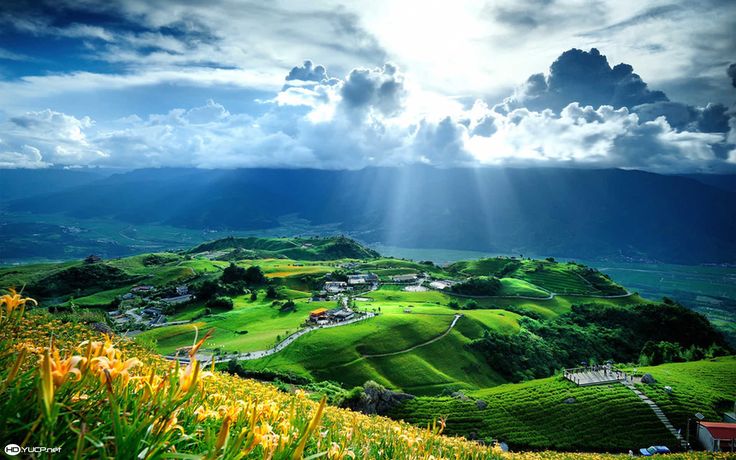
Yichun_Tangwanghe_Forest_Park.
Local Cuisine and Accommodation Nearby
Nestled in the breathtaking landscapes surrounding Yichun Tangwanghe Forest Park, you’ll find a rich tapestry of local cuisine and charming accommodations that enhance the experience of this natural wonder.
Culinary Delights
-
Mountain Wild Game Stews
One of the must-try dishes in this region is the Mountain Wild Game Stew, which features a medley of locally sourced ingredients. Expect to savor tender pieces of venison, wild boar, and free-range poultry, slow-cooked with seasonal vegetables and wild mushrooms. The highlight is often the “Wild Chicken with Mushrooms,” a fragrant dish that encapsulates the essence of northeastern cuisine. A meal typically costs between ¥80-120. -
Forest Frog Oil Soup
A local specialty, this dish uses the fatty glands of the Northeast Forest Frog, combined with rock sugar, snow fungus, and goji berries. Known for its nourishing properties, it’s a delicacy that promises a unique taste experience, with prices around ¥60-100 per serving. -
Wild Vegetable Feast
For a truly authentic experience, indulge in a Wild Vegetable Feast made from foraged greens such as wild arugula, dandelion, and fiddlehead ferns. Dishes can range from simple salads to stir-fries, showcasing the freshness of the region’s flora. Expect to pay around ¥50-80 per person for a spread that features multiple dishes.
Where to Stay
-
Yichun Kerryason Hotel (伊春凯利亚森大酒店)
With a rating of 4.7, this hotel offers modern amenities, comfortable rooms, and a convenient location near the forest park. Enjoy a good night’s rest before embarking on your daily adventures. Prices start from approximately ¥328 per night. -
Songlinli Inn (松林里客栈)
This quaint inn is perfect for travelers looking for a cozy and homely atmosphere. Surrounded by nature, it provides a peaceful retreat after a day of exploration. Rates begin at around ¥297. -
Hanting Hotel (汉庭酒店)
Situated close to the main transport routes, this hotel offers practicality and comfort, with prices starting from ¥351. It’s a great option for those who prefer a budget-friendly yet comfortable stay. -
Tianhua Yujing Business Hotel (天华御景商务酒店)
With a 4.4-star rating, this business hotel caters to both leisure and work travelers. It provides a blend of comfort and functionality, making it an ideal base for your adventures. Nightly rates start at ¥241.
After a day of hiking through the stunning rock formations and lush forests of Yichun Tangwanghe Forest Park, you’ll find that indulging in local delicacies and retreating to a cozy accommodation will make your experience truly memorable. Enjoy the flavors and comforts that this region has to offer!

Yichun_Tangwanghe_Forest_Park.
Frequently Asked Questions
Frequently Asked Questions about Yichun Tangwanghe Forest Park
1. What are the opening hours for Yichun Tangwanghe Forest Park?
The park is open daily from 7:30 AM to 5:00 PM during peak season (May 1st to October 31st) and from 8:00 AM to 4:30 PM during the off-peak season (November 1st to April 30th). Please note that the last entry is 30 minutes before closing.
2. How much does it cost to enter the park?
The entrance fee is approximately 90 CNY per person, which includes access to the scenic areas and a sightseeing vehicle.
3. What are the must-see attractions within the park?
Key highlights include the iconic “One Line Sky,” a narrow gap between two towering granite pillars, the majestic “Eagle Beak Rock,” and the serene “Red Pine Mother Forest,” where you can experience the tranquility of nature.
4. How can I get to Tangwanghe Forest Park from Yichun?
You can take a bus from Yichun’s main bus station, which operates several times a day and takes about 2 hours. Alternatively, you may rent a car or take a taxi for a more direct route.
5. What should I wear and bring for my visit?
Comfortable walking shoes are recommended, as the park features many trails. In summer, bring sunscreen and insect repellent; during winter, dress warmly as temperatures can drop significantly. A water bottle and a small snack are also advisable.
6. Are there accommodations available nearby?
Yes, there are several hotels and guesthouses in the vicinity of the park. For a unique experience, consider staying in a local lodge to immerse yourself in the natural beauty of the area.
7. Is there any food available in the park?
The park has dining options offering local specialties, including dishes made from wild mushrooms and other forest ingredients. However, you may also pack a picnic to enjoy amidst the scenic views.
8. What is the best time of year to visit?
The ideal time to visit is during the summer months (June to August) for pleasant weather and lush greenery. Autumn (September to October) provides stunning fall colors, while winter (December to February) offers a magical snow-covered landscape. Each season presents a unique charm!
Final Thoughts on Your Trip
As your adventure at Yichun Tangwanghe Forest Park comes to a close, take a moment to reflect on the extraordinary beauty and tranquility this hidden gem offers. From the captivating granite peaks of the “One Line Sky” to the serene pathways of the ancient red pine forests, every step through this natural wonder is a testament to the artistry of nature.
This enchanting park not only showcases breathtaking landscapes but also serves as a sanctuary for diverse wildlife and a rich tapestry of cultural heritage. Whether you were traversing the rugged terrain, capturing stunning photographs, or simply soaking in the peaceful ambiance, your experience here is bound to resonate long after you’ve departed.
As you bid farewell to the whispering pines and towering rock formations, carry with you the memories of the fresh mountain air and the soothing sounds of nature. Let this remarkable journey inspire your future travels and remind you of the beauty that exists in the world, waiting to be explored. Until next time, may your adventures be filled with wonder and discovery!